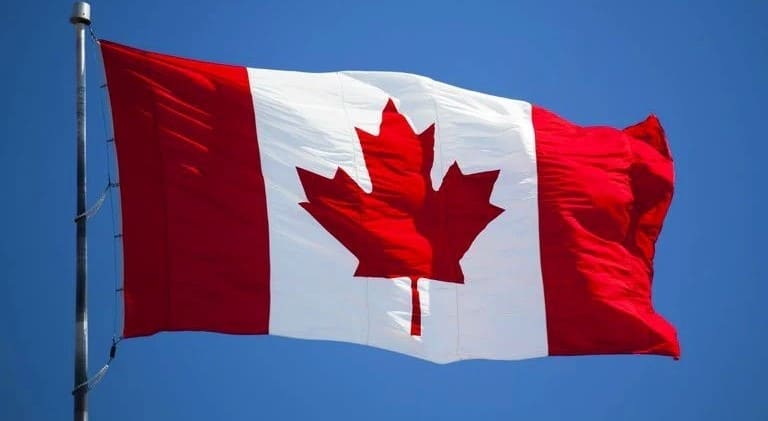St. Catharines professor says freedom movement has made us ‘flagphobic’
Published June 28, 2022 at 11:05 am

Last year on Canada Day, there were significantly fewer Canadian flags visible as the country had collectively learned of hundreds of unmarked children’s graves being discovered at the country’s many residential schools.
This year, there may be fewer for an entirely different reason. Its very visual affiliation to the freedom truckers and the freedom movement may cause some Canadians hesitation for fear of being viewed of like mind.
Derek Foster, an Associate Professor in Brock University’s Department of Communication, Popular Culture and Film, understands the hesitation but also explains there’s a big difference when seeing the flag’s actual location.
On his daily commute, he told the Brock News that he passes by a property that each year puts out multiple stylized maple leaf banners in recognition of Canada Day – and this year is no exception.
“Clearly, this is not meant to signify their connection with freedom protests,” he says, adding there’s a similar sentiment around flags flown at commercial centres and public institutions, such as shopping malls, city halls and public schools.
“Meanwhile, if I see a vehicle with a full-sized Canadian flag flying from it, I am pretty confident this is someone declaring their solidarity with the freedom convoy and larger movement.”
While Canadians are a little more reserved than our American cousins about waving the flag, Foster says, the use of flags in the recent freedom movement has created further hesitation among the masses.
“Aside from the exception of Canada Day, Canadians often only fly flags associated with countries competing in worldwide soccer competitions,” he says. “Now, some are flag-phobic.”
While Canada existed for nearly 100 years without an official flag – the current design was adopted in 1965 – he says the reasons for displaying or flying the national flag is “still open for interpretation.”
Foster says, “As a symbol, the flag doesn’t simply exist; it changes with people’s understandings and uses of it. Symbols get updated, they elude fixed understandings and transform over time, sometimes even withering and dying.”
He believes that flags become powerful symbolic vehicles depending on when and how they’re displayed. The freedom movement has changed that to a large degree.
“What we’ve seen is a collapse of the flag as a symbol of national pride and national identity into a nationalistic symbol, and this is a relatively unfamiliar tradition in Canada,” Foster says.
inNiagaraRegion's Editorial Standards and Policies




